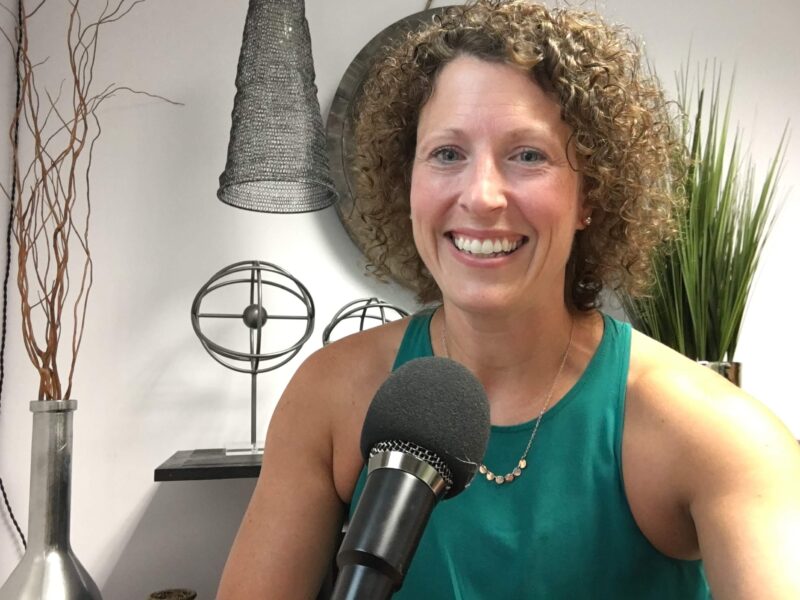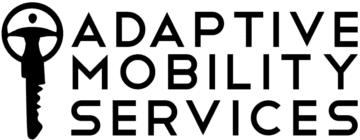Conversations About Driving: Tips for the OT
Conversations about driving and community mobility do not come naturally for most OTs. But this is an important topic we all need to address. Here some tips to help you be be more confident during your next conversation about driving.
Strategies for Effective Driving Conversations:
- Find a role model – conversations and interventions
- Remember to talk to your patients about both strengths and opportunities
- Utilize resources such as the Driving & Community Mobility Habits Questionnaire to help guide the conversation
- Use the OT DRIVE to provide a frame of reference
Start the conversation early:
- Be identified as a leading resource in this field,
- Highlight the value and ways an OT DRS may be able to extend driving time by improving safety with strategies or adaptive equipment, and
- Help to prepare the client for the future.
Start the conversation when it is the most obvious, such as during the initial evaluation. By starting the conversation early, you identify yourself as a resource for this client
- Keep the lines of communication open – talk about driving as part of discharge and long term goals; continue to acknowledge the value of driving for the individual client
- Use objective measures to bring value to your discussions and help to find patterns of strengths or weaknesses
- Pull in family/caregivers/medical team early if client may be facing driving retirement
- Focus on solutions and options
Remember it is within the scope of OT to recommend a hold on driving, refer to an DRS, refer to a physician, and/or recommend driving retirement for progressive conditions (such as dementia).
Meet Susie!

Susie Touchinsky, OTR/L, SCDCM, CDRS, is an established expert in both occupational therapy and driver rehabilitation. She has been an OT for more than 20 years and brings expertise and a love for helping others in her speeches and trainings.
Learn More With Our OT Driver Rehabilitation Specialist Courses
Try Our Free OT DRS Courses:
- OTs Role With Driving
- GRID: Generalist Resource to Integrate Driving
- Readiness to Drive: IADL Checklist
- FREE 6 Driving Resources for the OT
- 5-Steps Our Clients Use to Start Their Own Highly-Paid OT Driver Rehab Business
- Driving Risk Screening Tools
- BCAT Brief Cognitive Assessment Test System Overview
- BCAT Part 2: CBS 8 & 15-for-Me
Become the best OT Driver Rehabilitation Specialist you can be by being a life long learner.
